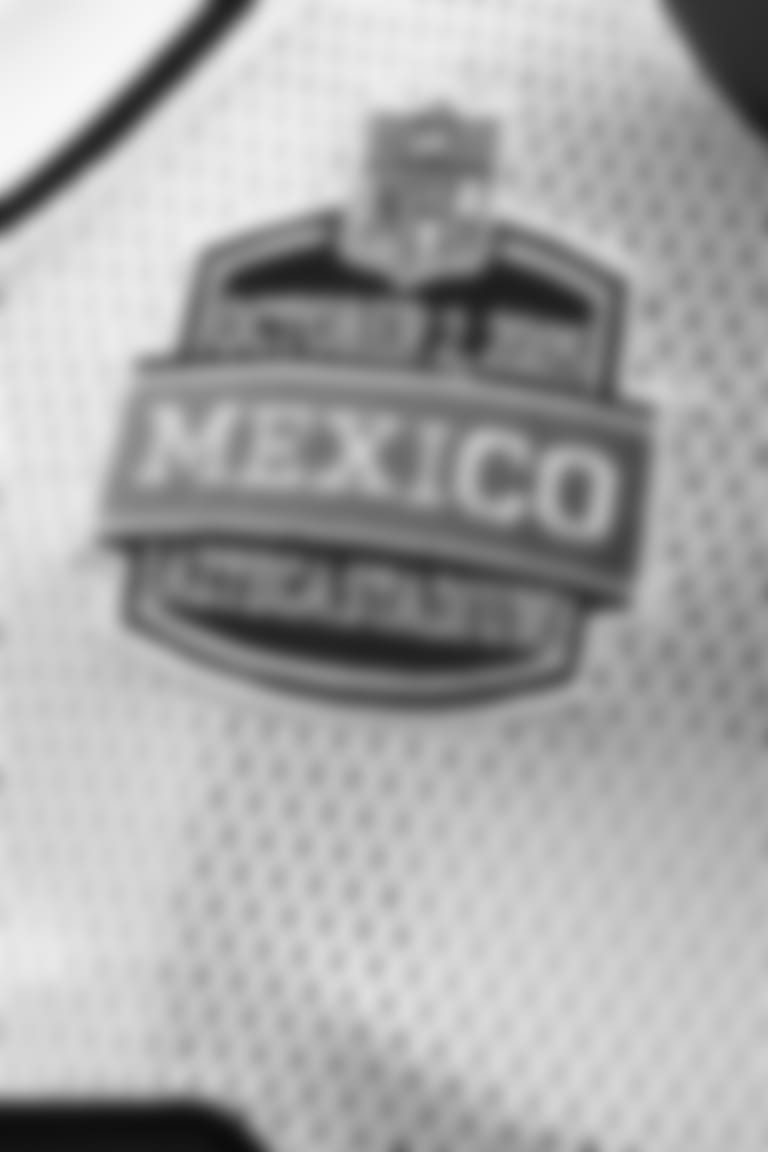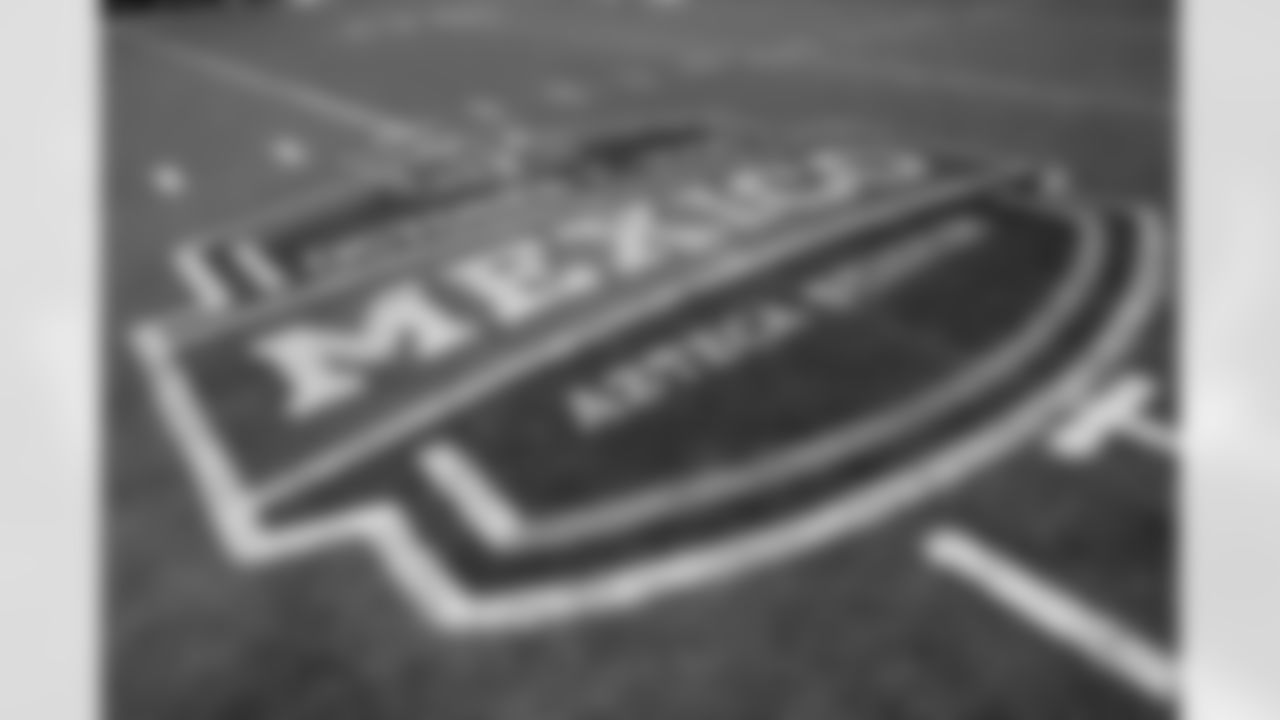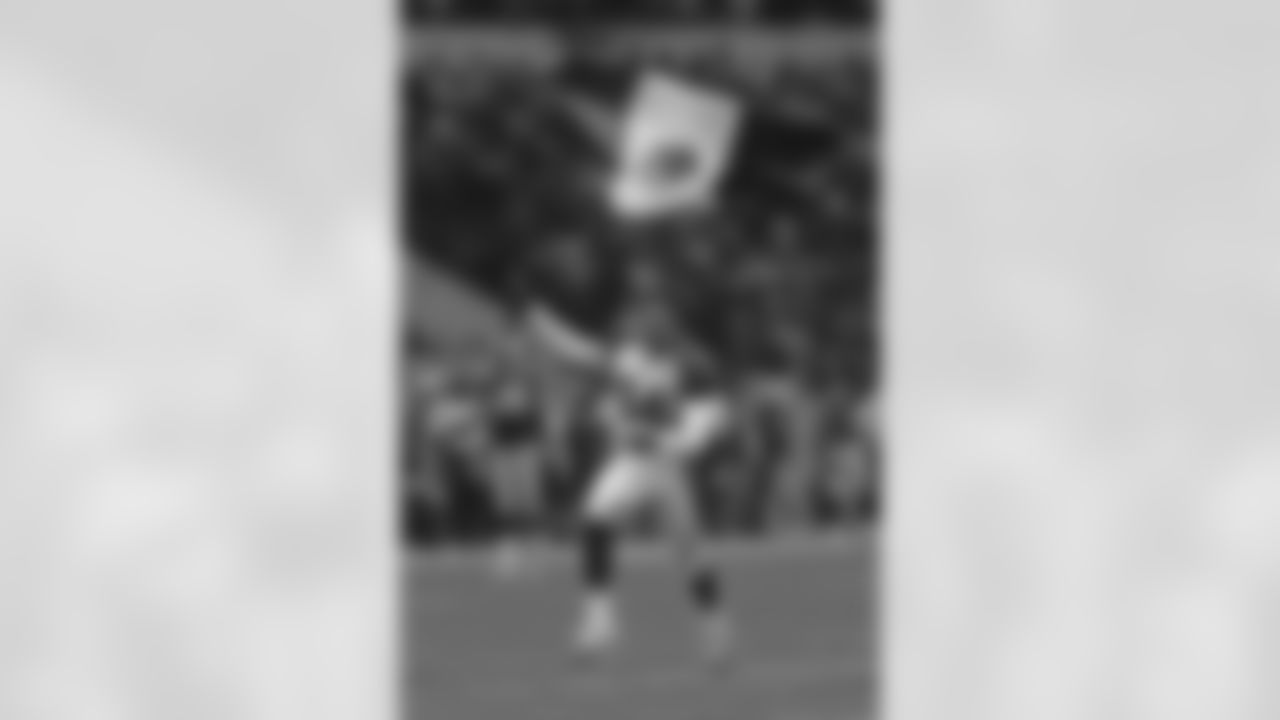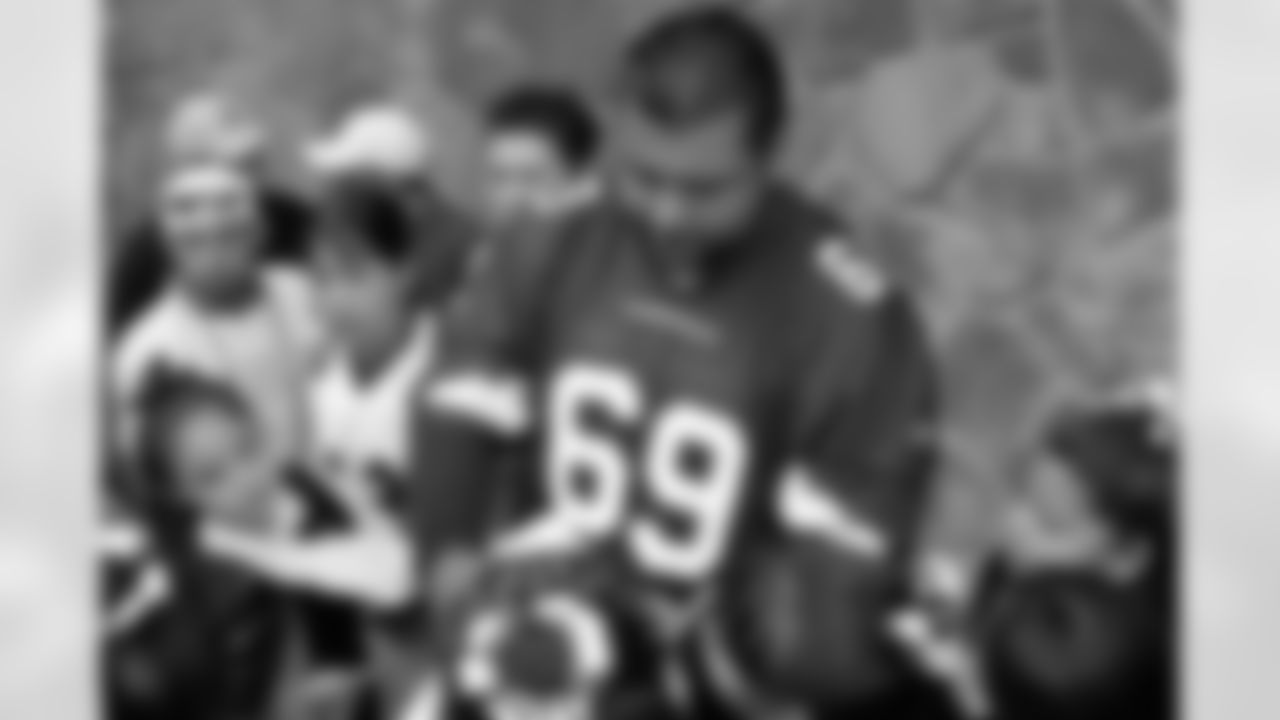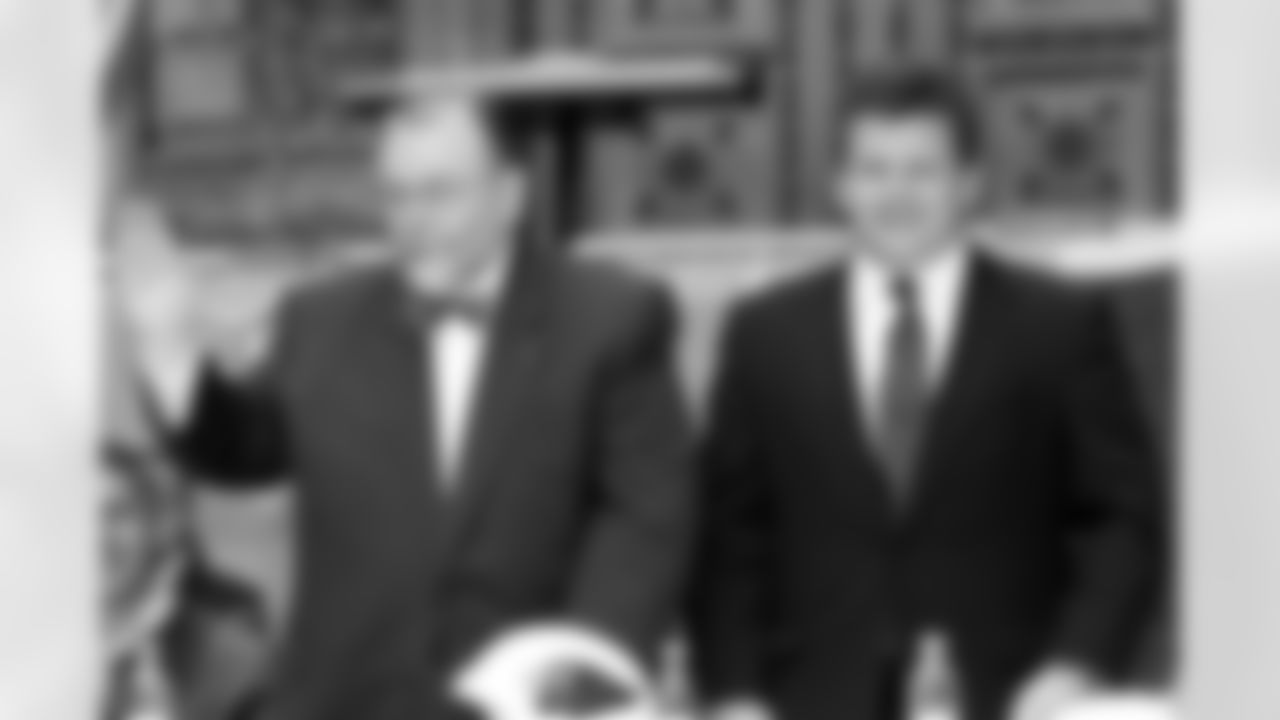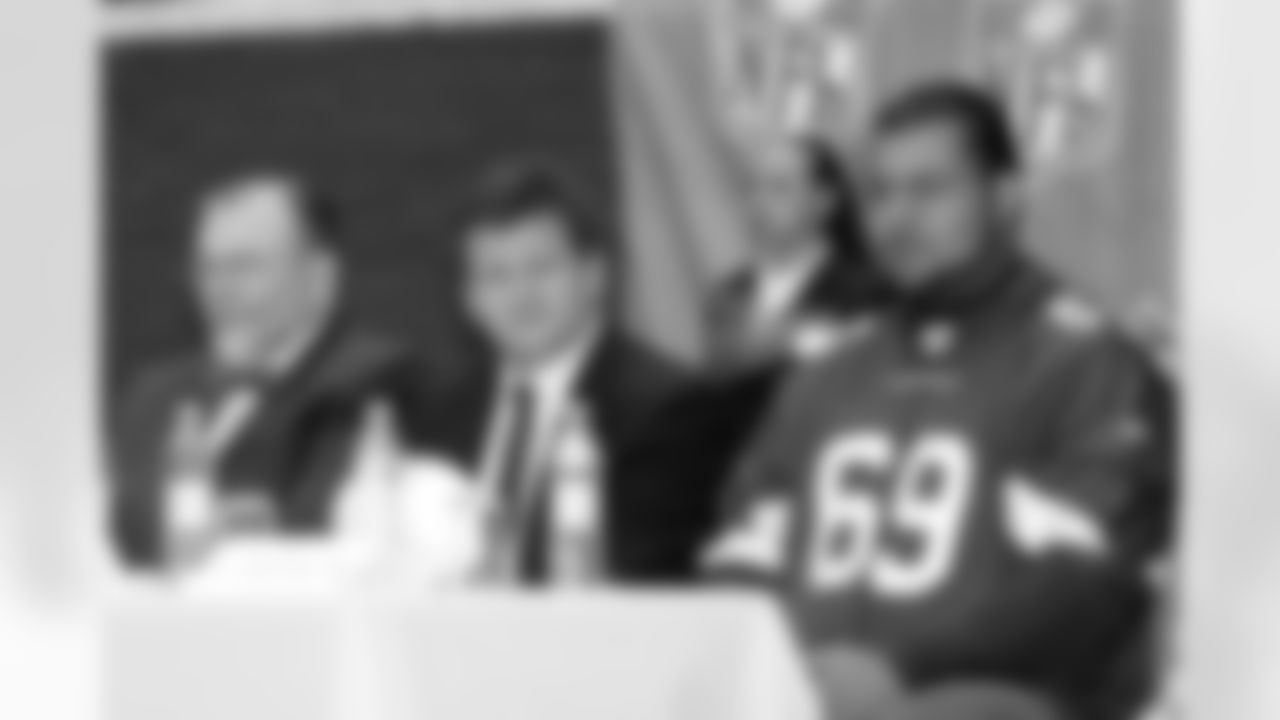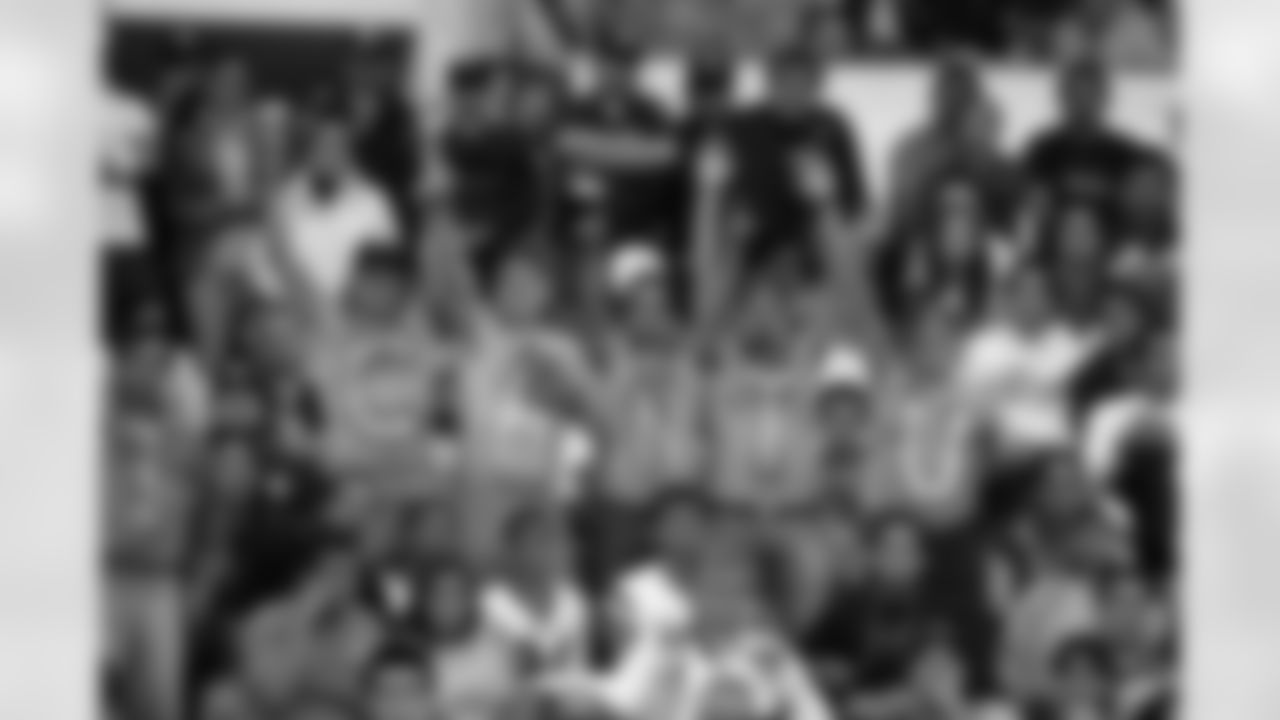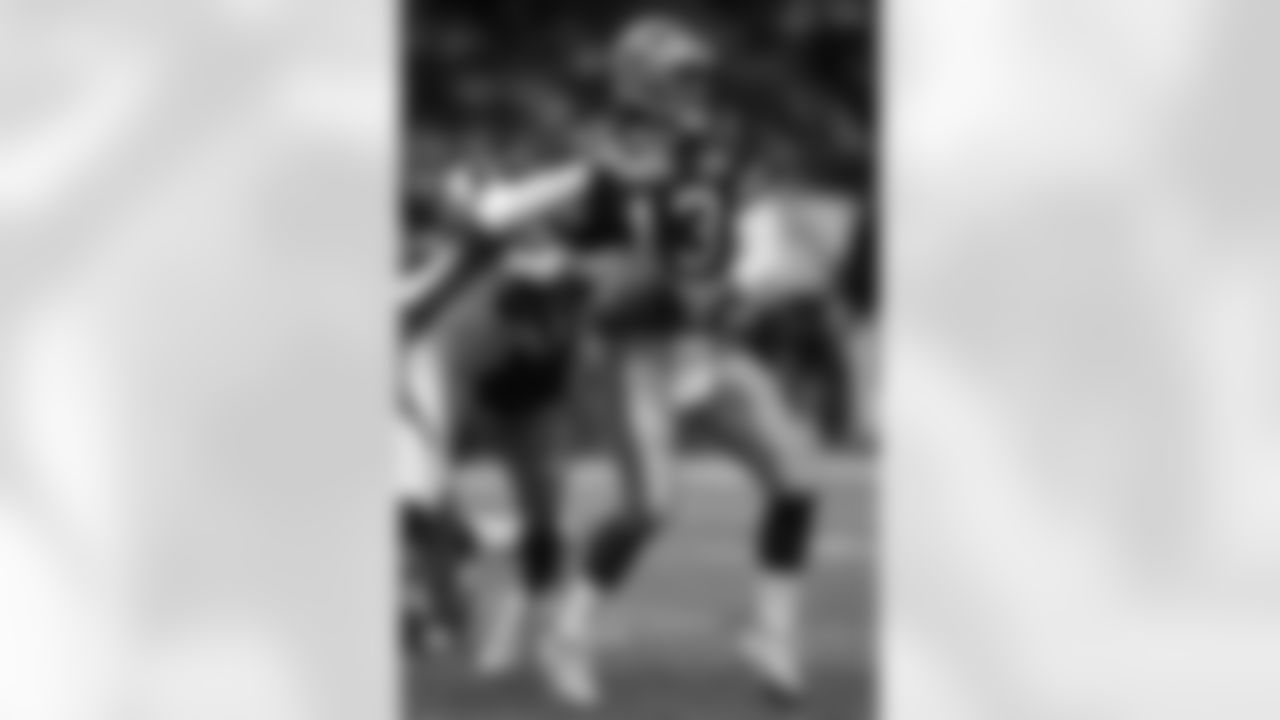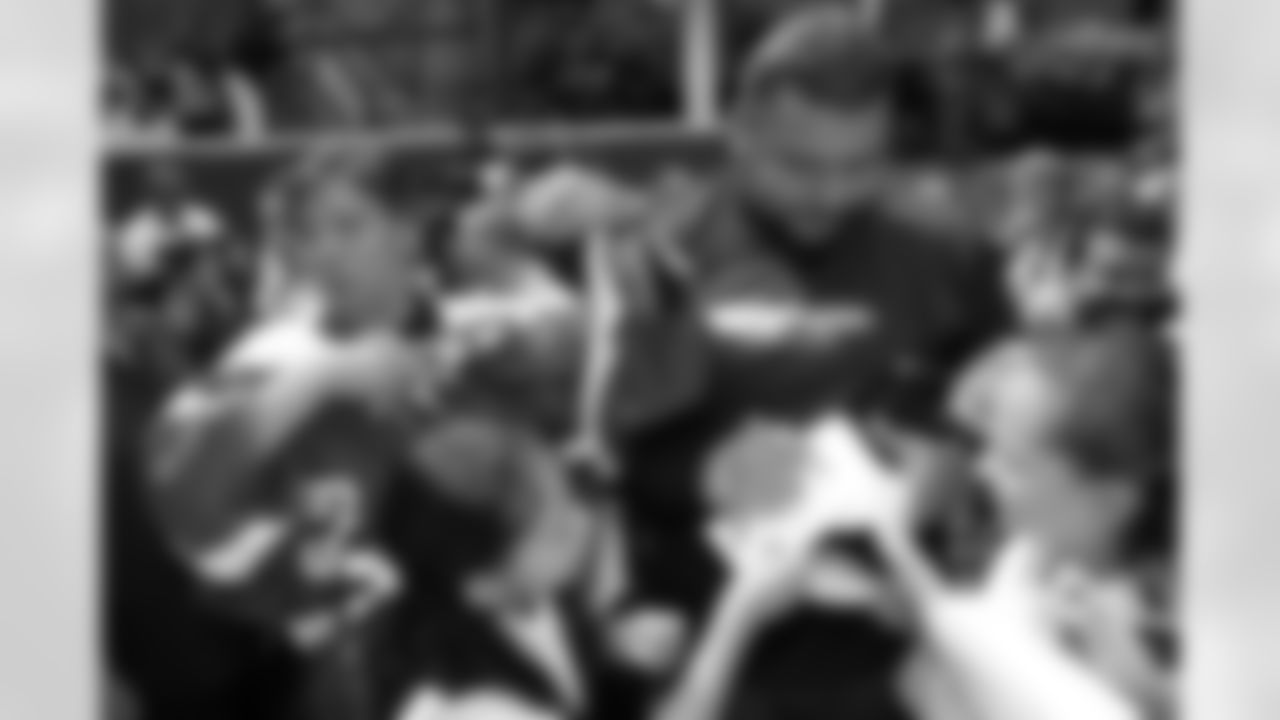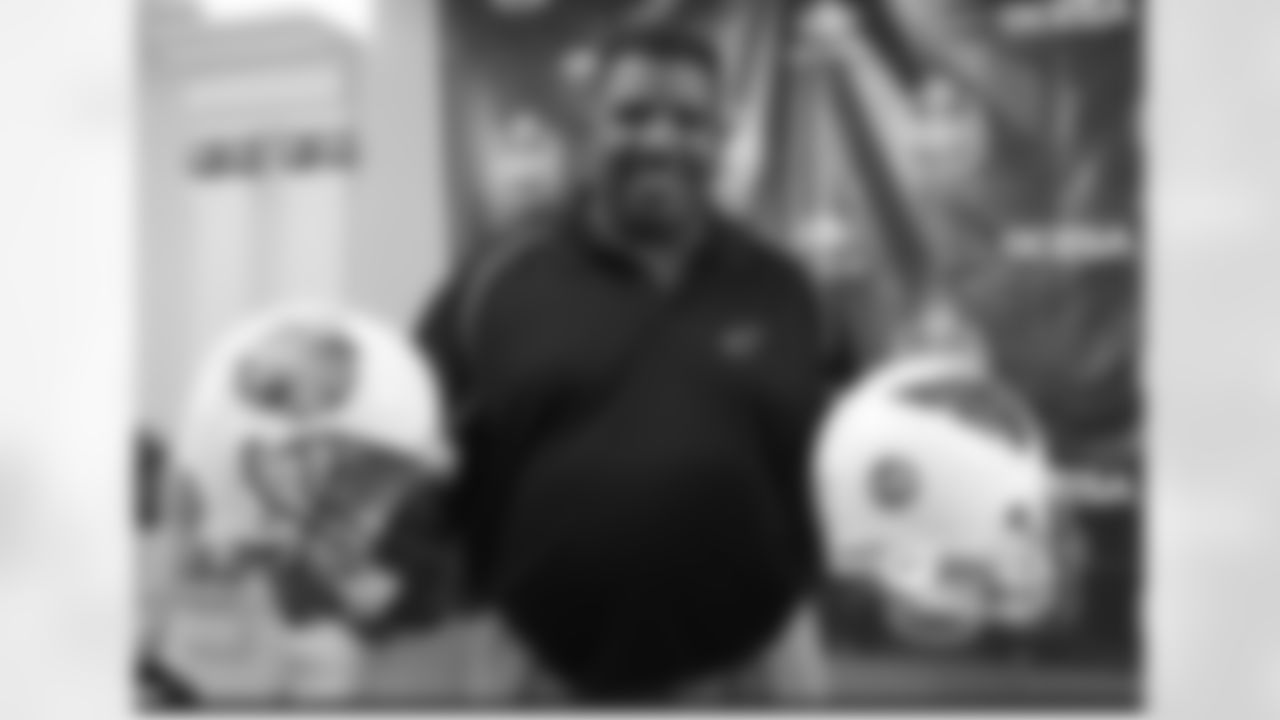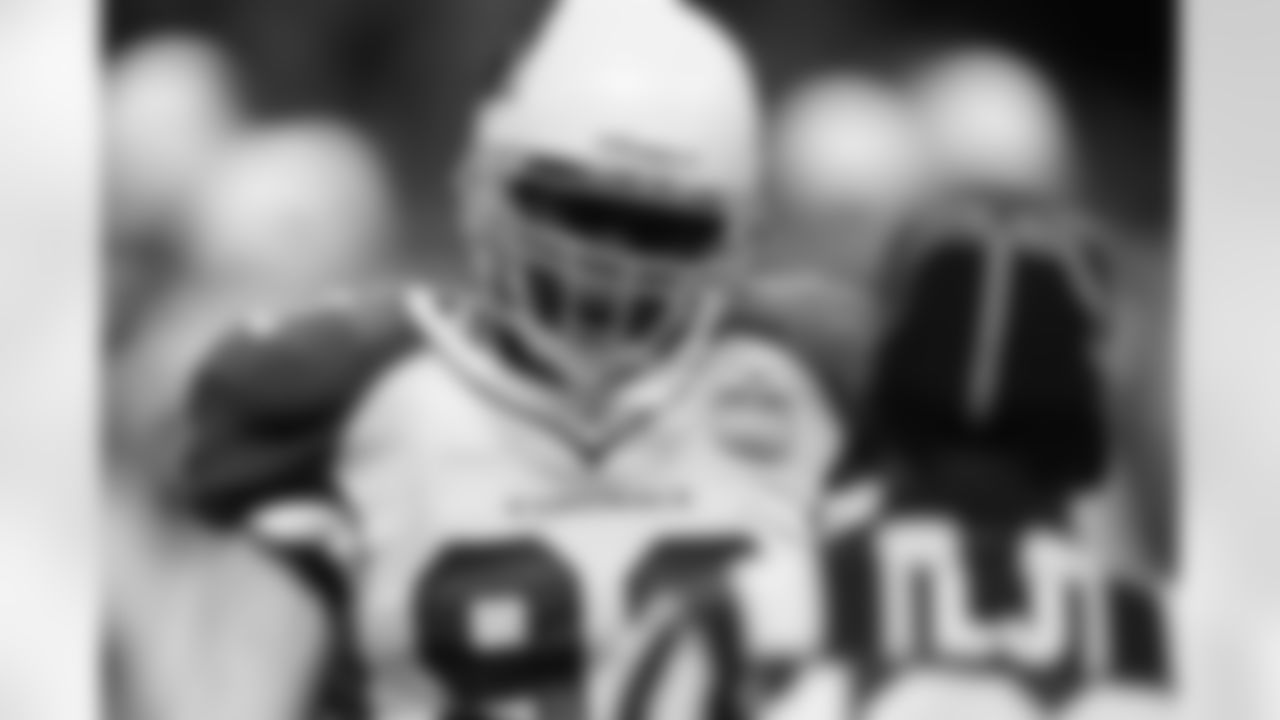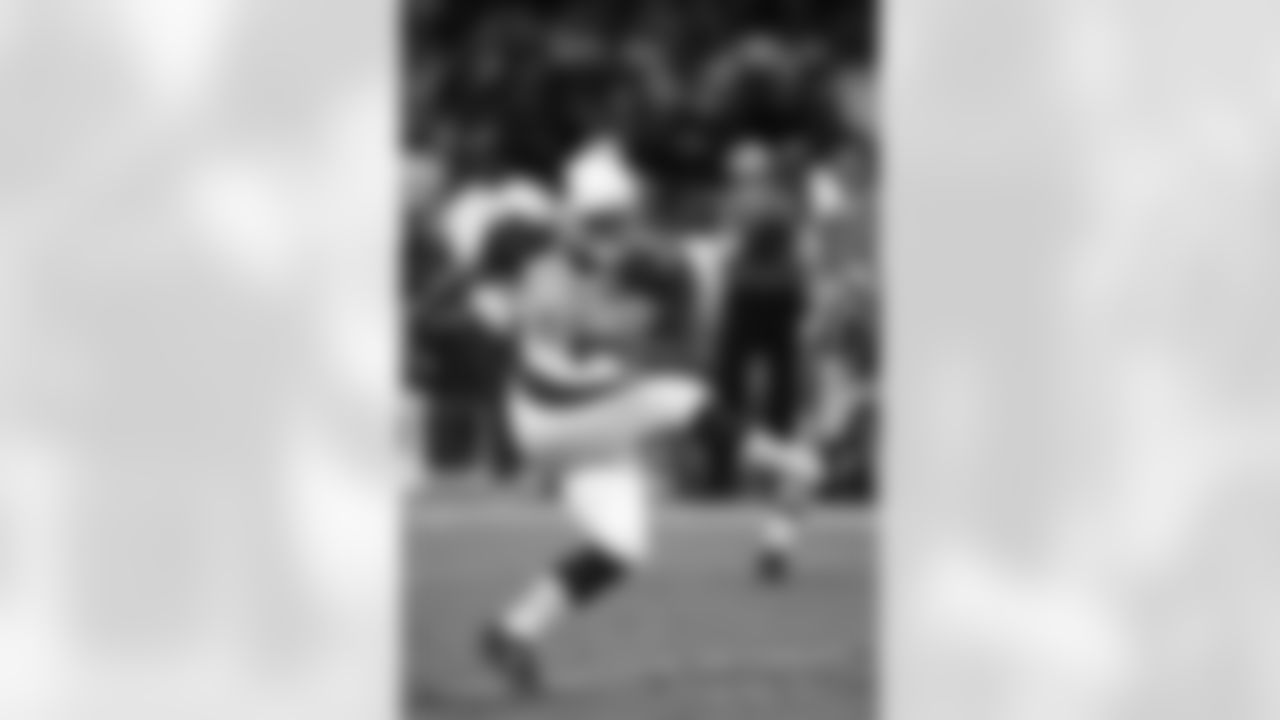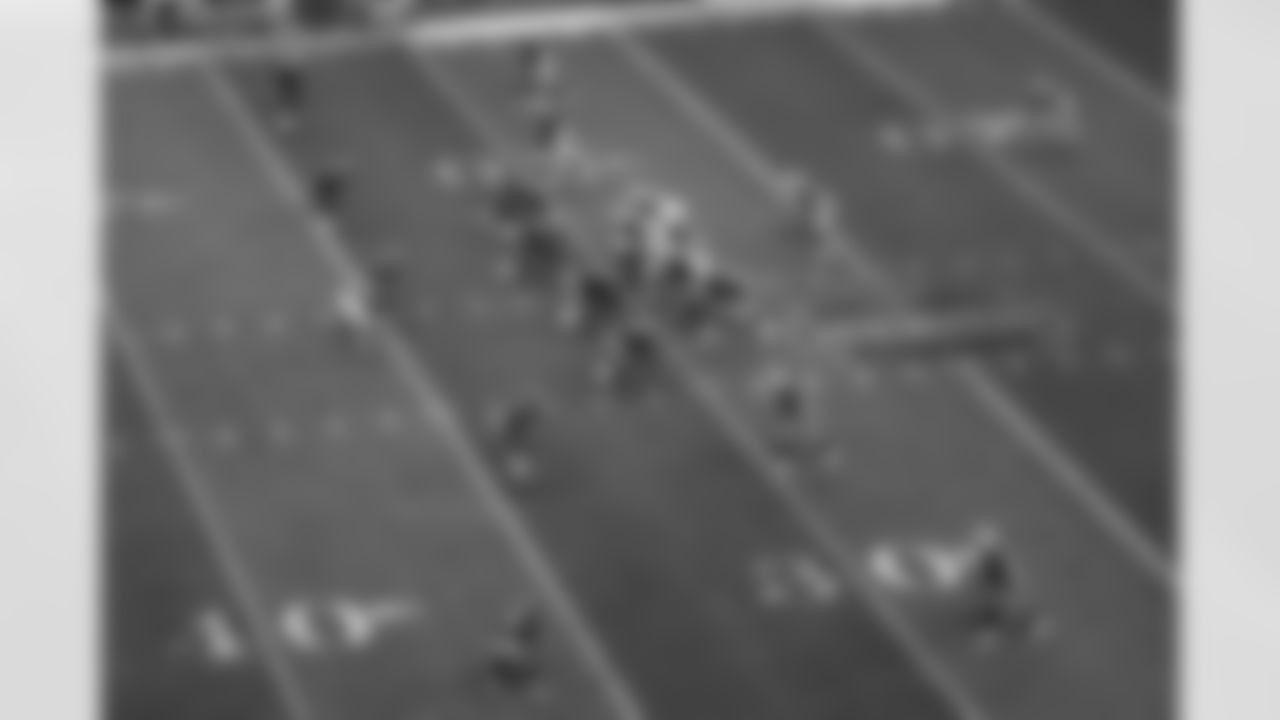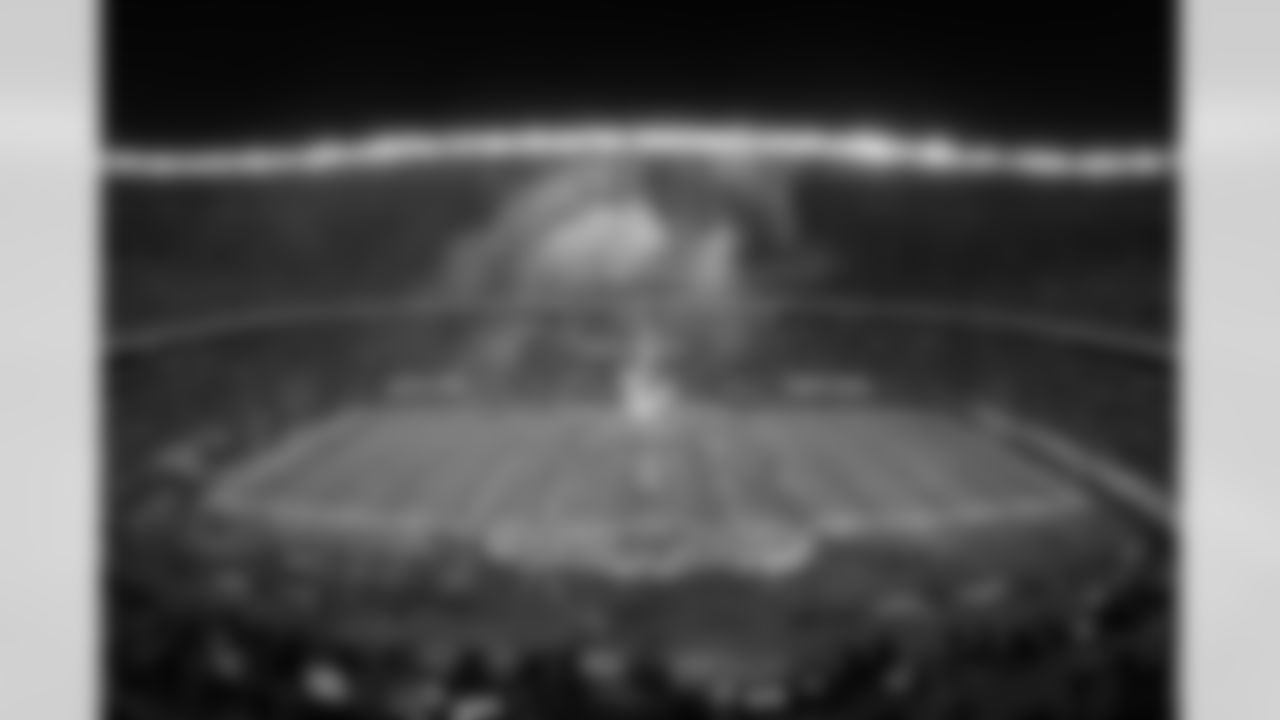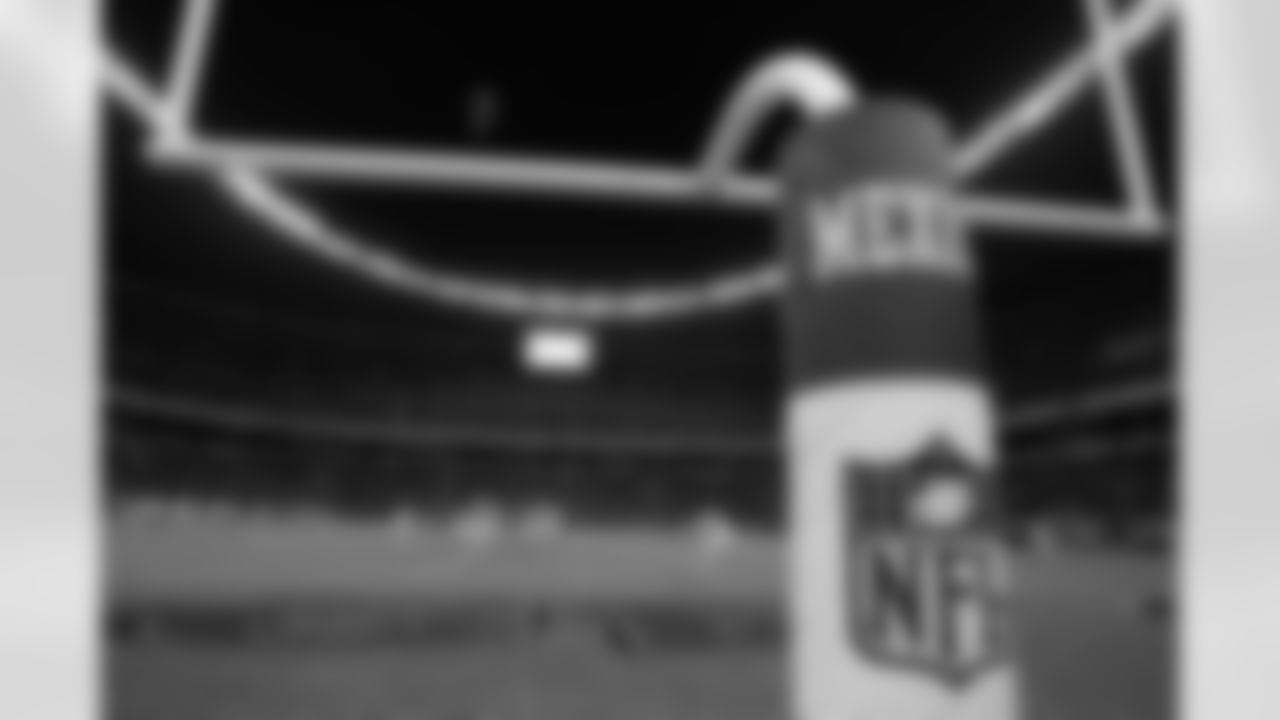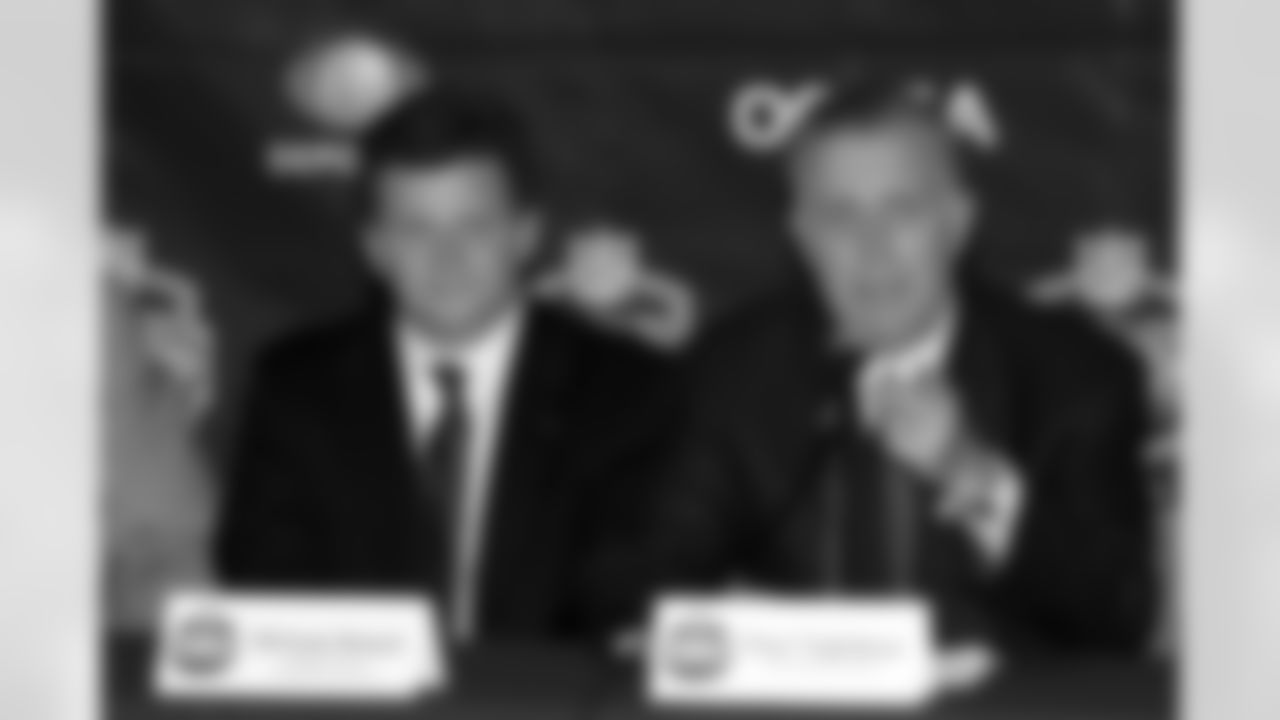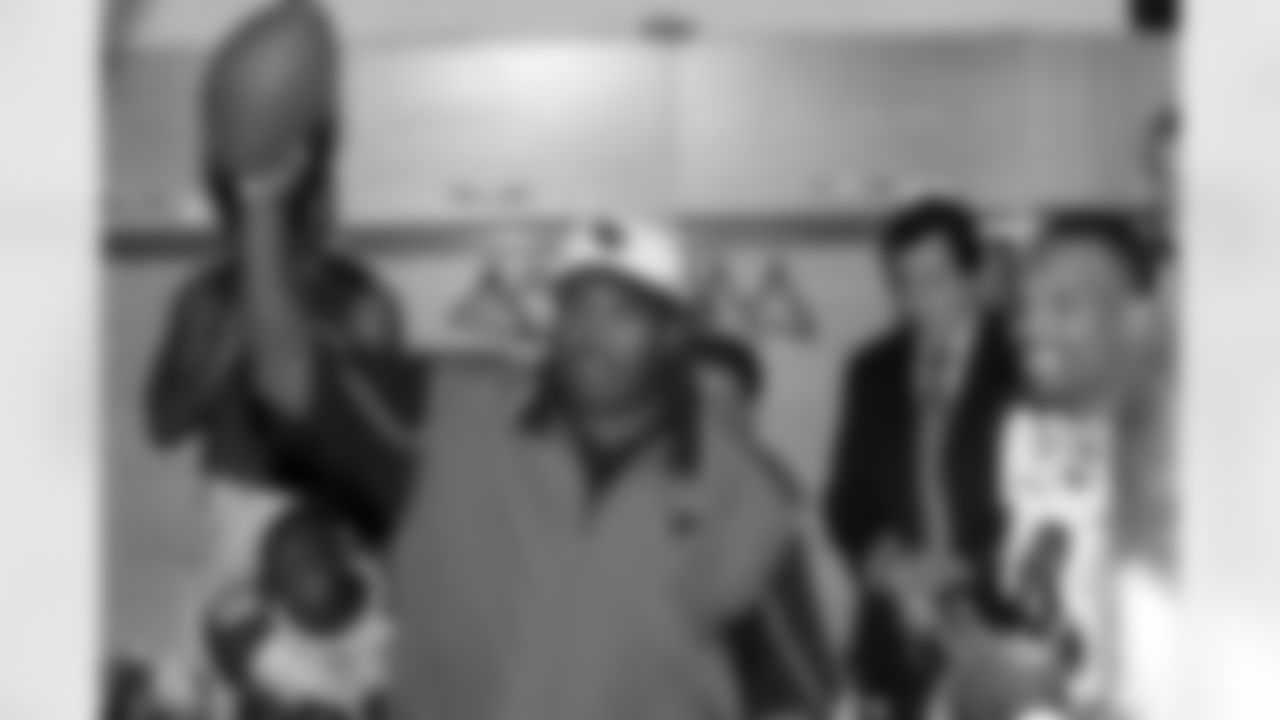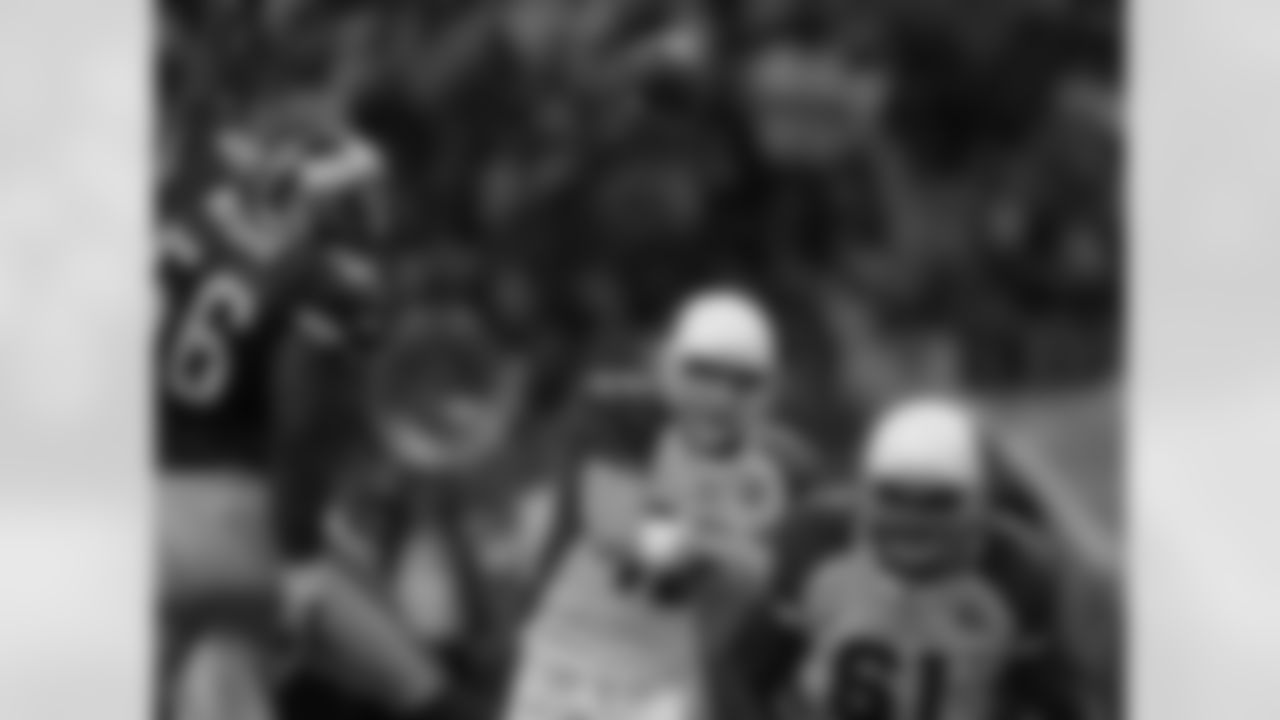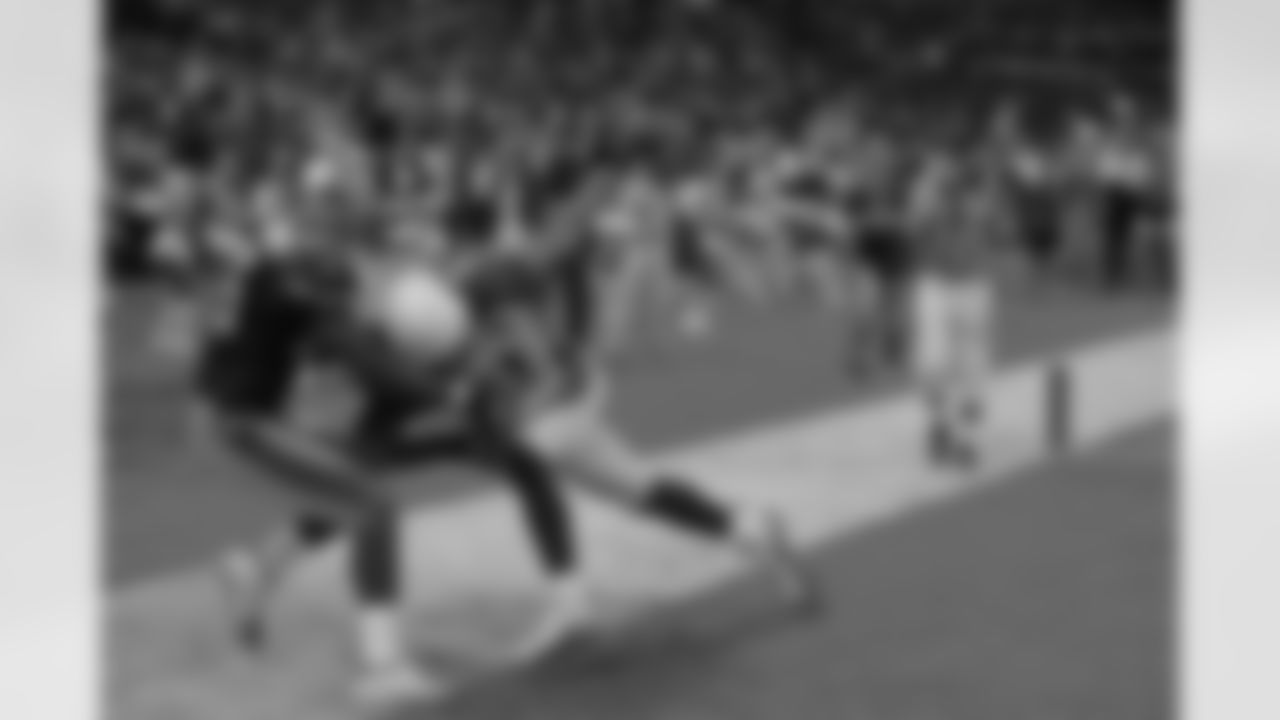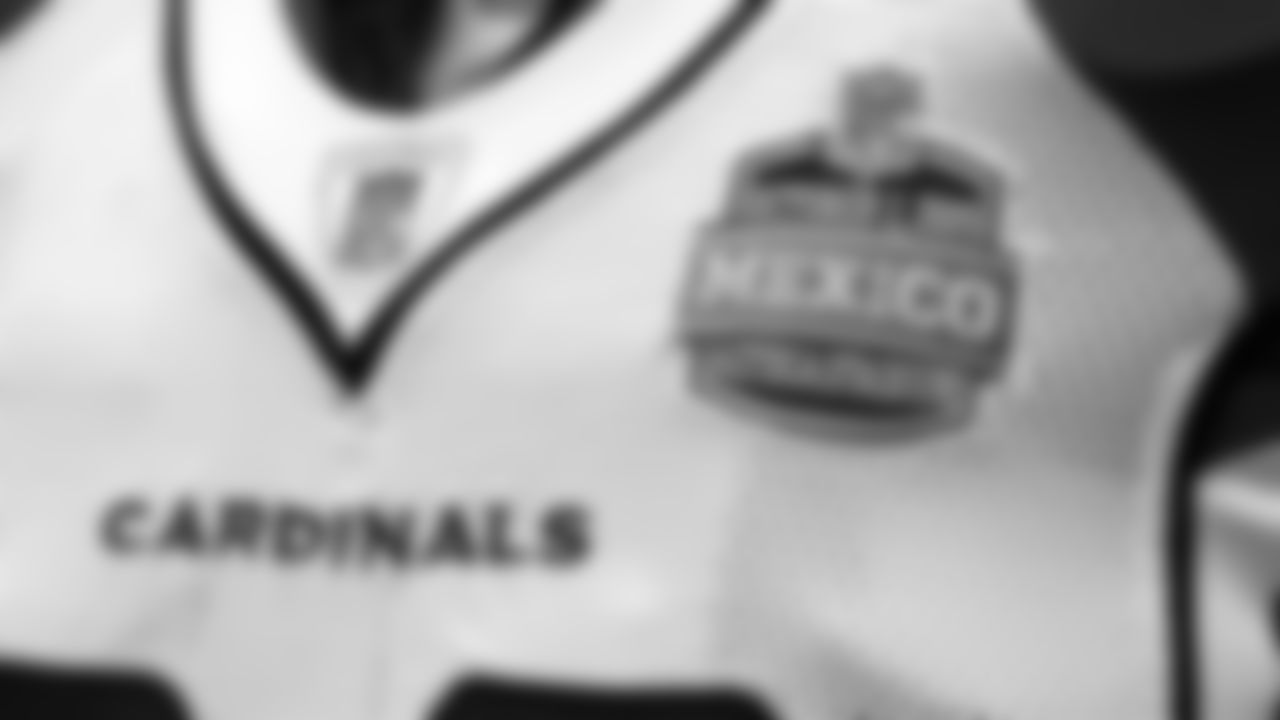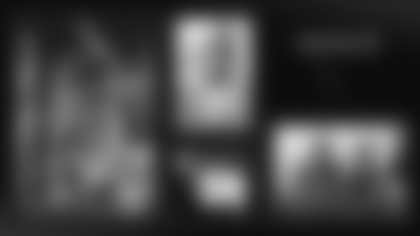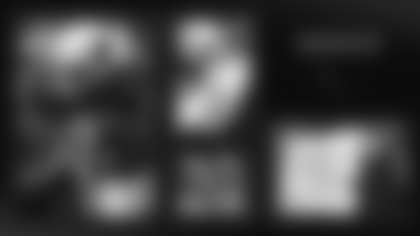This story was originally published on Oct. 6, 2021.
Robert Griffith lay in his bed in the upscale Mexico City hotel, trying to get some sleep and unable to get a thought out of his mind.
The Cardinals would play the next evening at Estadio Azteca, a legendary local stadium, in the first regular-season NFL game not played on United States soil. The night would be historic, in front of more than 100,000 fans. And the veteran safety couldn't get out of his head a nagging question.
Who are the Mexican people going to cheer for?
The Cards were not a great team, their opponents the 49ers a once glorious franchise that had rookie quarterback Alex Smith because they had been the worst team in the NFL the year before.
The Cardinals were in their final year playing at Arizona State University's Sun Devil Stadium, ready to move into a brand-new building in Glendale the next season. Owner Bill Bidwill and son Michael, a team vice president at the time, told the NFL they would give up a home game to try and broaden the league's – and the team's – brand in Mexico.
For all the games the NFL now plays out of the country, and for all the countries it would like to eventually play games in, the concept truly was realized on Oct. 2, 2005.
It was a historical game, and there was opportunity to sway the crowd. Griffith's idea? To get a Mexican flag he could carry out during the game introductions.
Griffith was a Pro Bowler in his career, twice an All-Pro. He reached a pair of NFC Championship games with the Vikings; he played at the Metrodome in Minnesota where the volume was often ear-splitting.
But carrying the flag still gives him goosebumps when he relays the story. It is admittedly one of the greatest moments in his career – and an iconic one in the history of the Cardinals' franchise.
"I go out with the flag, and I just felt 10 feet tall, man," Griffith said. "It got loud. By the time I got to midfield, it was almost like I could have just flown away."
The NFL had played games in foreign countries before. The Cardinals actually had played preseason games in both Japan and England. The NFL was trying to branch out. An executive vice president of the league named Roger Goodell was among league leaders wondering if playing beyond the U.S. borders made sense.
Goodell said at a news conference a few months before the game that if it went well, the NFL would "look to play an international game, maybe on an annual basis, and rotate that around to some of the markets that have an interest globally."
Michael Bidwill was a ballboy for the team when the Cardinals played the Vikings in an "American Bowl" preseason game at Wembley Stadium in 1983. His role was much different by 2005.
The Cardinals not only had the willingness to give up a home game – one where they might have only garnered 30,000 fans at Sun Devil Stadium anyway – but a desire to build their brand in the country only a couple of hours drive to the south.
"We try to be trailblazers, and we want to be at the front of innovation," Bidwill said.
Another tie to Mexico was the presence of a player on their practice squad. Rolando Cantú, an offensive lineman from Monterrey, had been with the organization since 2004.
"Once the once the league decided to do international games, it was obviously you have to attack the biggest market in Mexico City," said Cantú, now the team's director of international business development as well as a media commentator in both Spanish and English.
Since the Cardinals and 49ers faced off in Mexico, the NFL has played 37 more regular-season games in foreign countries, with two more London games scheduled in 2021. Foreign games have been a place to put home games of teams that don't draw as well or who are building new stadiums, but with the addition of a 17th game, every team in the future will surrender a home game to play outside the country.
"It absolutely means everything to me to know that the sport took a big step forward outside of the U.S. and we were part of that," said Bertrand Berry, a defensive end on the 2005 team.
The Cardinals had been scheduled to return to Mexico City in 2020 before the trip was cancelled because of the pandemic. They played a game in London – for a Rams "home" game -- in 2017.
It started that night in 2005.
"That day, the fans were different," Cantú said. "They were hungry. They were hungry to be a part of something unique. And the unique part about it was, this was a regular-season game. This game was going to count. It wasn't an American Bowl. It wasn't an exhibition game. This game was going to be remembered in the history books. If you got a ticket to go to Estadio Azteca, you were a part of history."
The players got off the bus after arriving in Mexico, and they were NFL stars. Larry Fitzgerald, Anquan Boldin, Kurt Warner. Yet Michael Bidwill remembered the Mexican press all but ignoring them as they walked by. Then Cantú followed.
"They just swarm on him," Bidwill said.
Cantú was a star in his home country, even though his NFL resumé included no regular-season roster time. A product of the NFL's initial international player program, the 6-foot-5, 350-pound offensive lineman would make history later in the season when he appeared in the Cardinals' final game of the season. He was the first to play in the NFL who had come through the Mexican collegiate football system.
But that was at the end of the season. Here in October, Cantú was only on the trip as an ambassador. He had hoped the team would place him on the active roster for the game and admitted disappointment when they didn't.
"The first emotion is that I should have been there, you know, obviously active," Cantú said. "But once you're there, it was a smell of the grass, the environment, the people that were just hungry to be a part of that first regular-season game outside the U.S."
Cantú had dreamed of playing in the famed stadium when he was younger. While that wasn't going to happen, it didn't make him any less a part of the trip – and history.
The Cardinals, who didn't arrive until Friday, mostly kept to the hotel and the immediate area around it. Cantú was at the forefront of the pre-gameday festivities, a beloved emissary between the NFL and his native country.
He took part in a kids camp, did countless radio and TV appearances, and joined the Bidwills for an official dinner with local dignitaries.
"It was just back-to-back-to-back nonstop promotion," Cantú said. "And it was fun."
The competition of the weekend extended to the owners, good-naturedly. The Cardinals presented a crystal football to their Mexican hosts, but the 49ers came up with a Joe Montana jersey – presented by Joe Montana. So, at another public event, then-Cardinals director of community Luis Zendejas, a native of Mexico City, suggested a new plan.
At the end of the fan-facing event, Michael Bidwill noted that while the Cardinals were there to hopefully gain some new fans, the Cardinals actually had become a fan of a new team themselves – and he pulled out a jersey for the Mexico U-17 soccer team, which was playing Brazil the next day for the youth World Cup title.
"The place went nuts," Bidwill said.
The next night, Mexico’s soccer team won their game, with the Cardinals-49ers crowd going crazy when Estadio Azteca featured highlights of the game on the video board.



